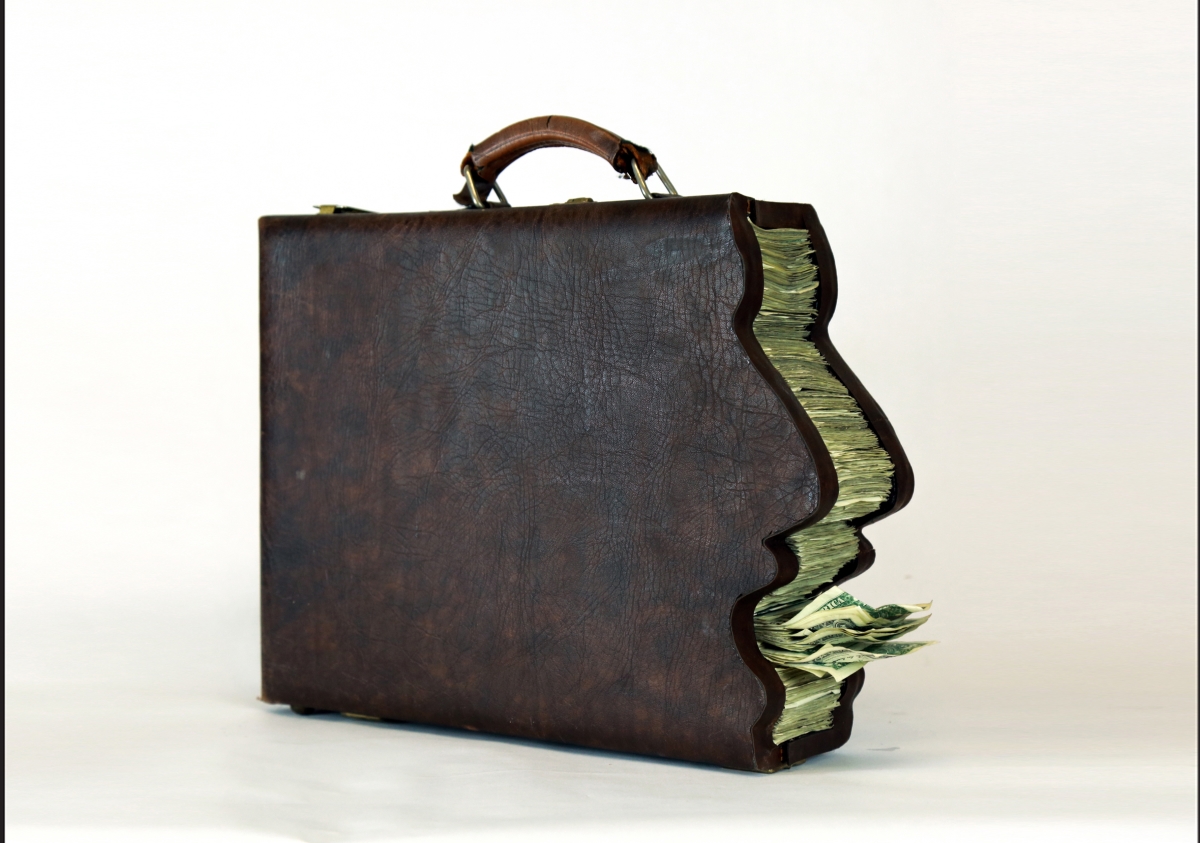
Interview
Artists: Icy & Sot
What’s your background? Are you self-taught artists or did you study art?
We’re self-taught artists. It started with our career in skateboarding. We used to make small stickers and stencils. We liked the medium because it was fast; you could take your time to prepare them at home then put them up quickly in the streets around the city. It was also the safest way for us to put up works on the street since it’s all illegal and underground in Iran.
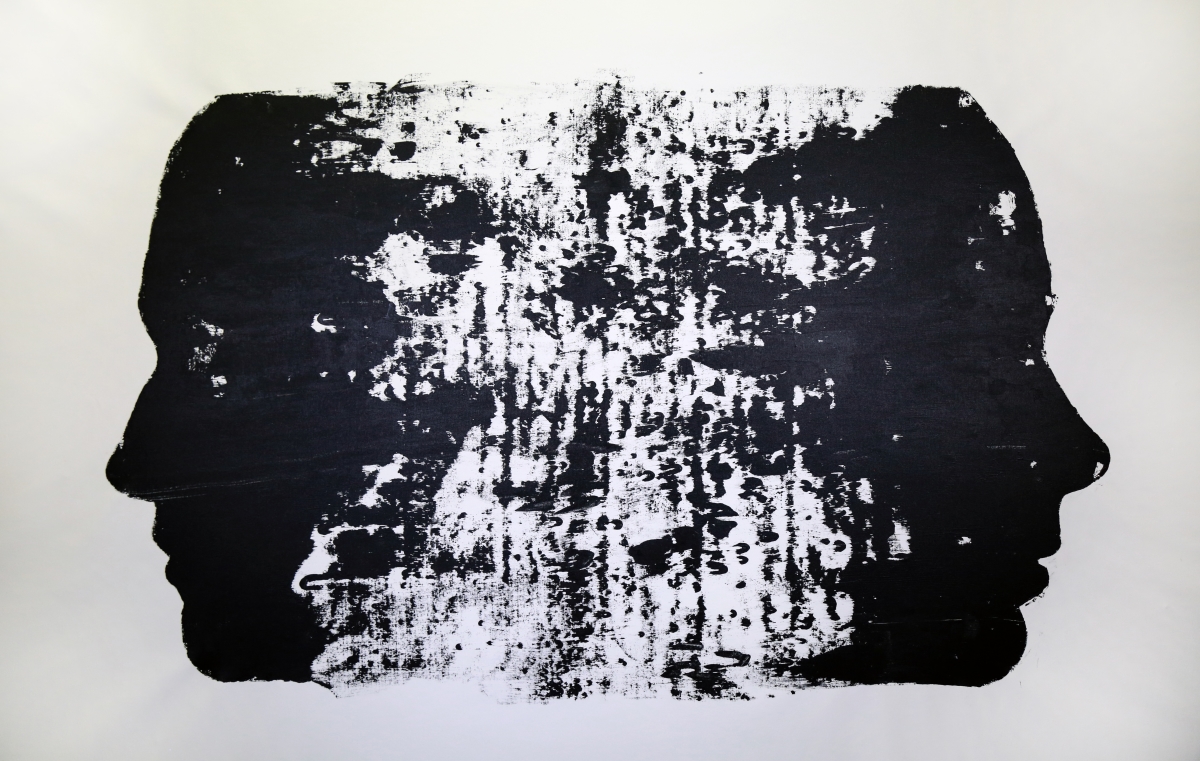
What are the toughest challenges have you faced as an artist during your career?
It was more risky working in Iran because there’s no definite crime for graffiti, or doing street art, like here (the US). Cops or religious police or other types of authorities, could charge you with things that are not even related to your art. They would tell you your work is political. It was just hard to grow as an artist especially as a street artist in Iran. We couldn’t ship our works easily to our shows internationally because they would check each work at the post office. Sometimes we had to cover a painting with another layer of canvas and paint, something different, to be able to ship it.
But nothing really stopped us making work. They used to paint over our works by the next day, but we would go back and put another one up. That’s was drives us to do more and to continue to make work about censorship and freedom.
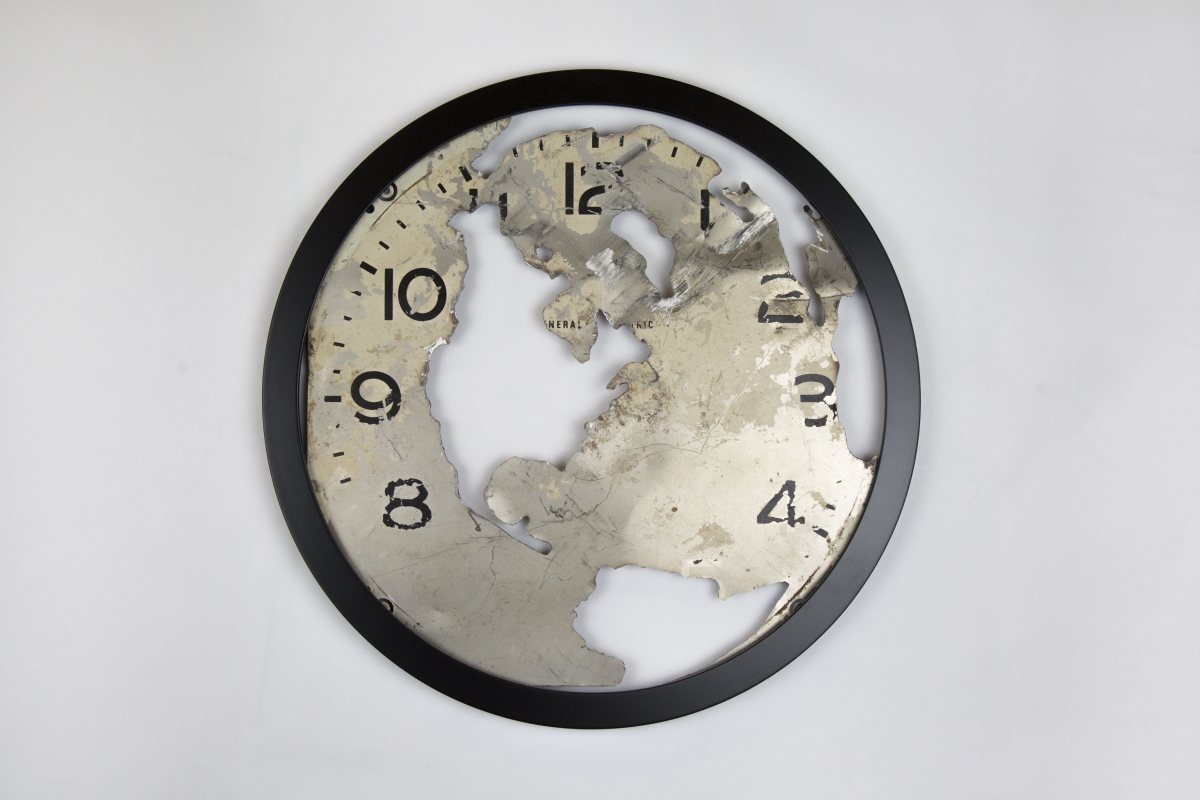
Is there any difference to your process of making art in the United States?
Yes, here we have freedom of speech and we can talk about anything we want in our work. That allows us to be more creative. Making art is easier. We appreciate that we can talk about issues happening in the US and worldwide. We don’t censor ourselves. We never really did it in Iran either.
You started with stencil and then you moved to other mediums such as sculpture and photography. Which medium or materials do you like working with the most? Is there any media you are considering adding to your work?
Over the past two years we’ve been making more sculptures and installations with varied materials and objects. We have always liked to change and try new things and not limit ourselves to one medium. We think it’s more impactful if we choose a medium based on the idea we have; for example, in a series about borders and immigration we used a real fence. It was more powerful than just painting a fence.
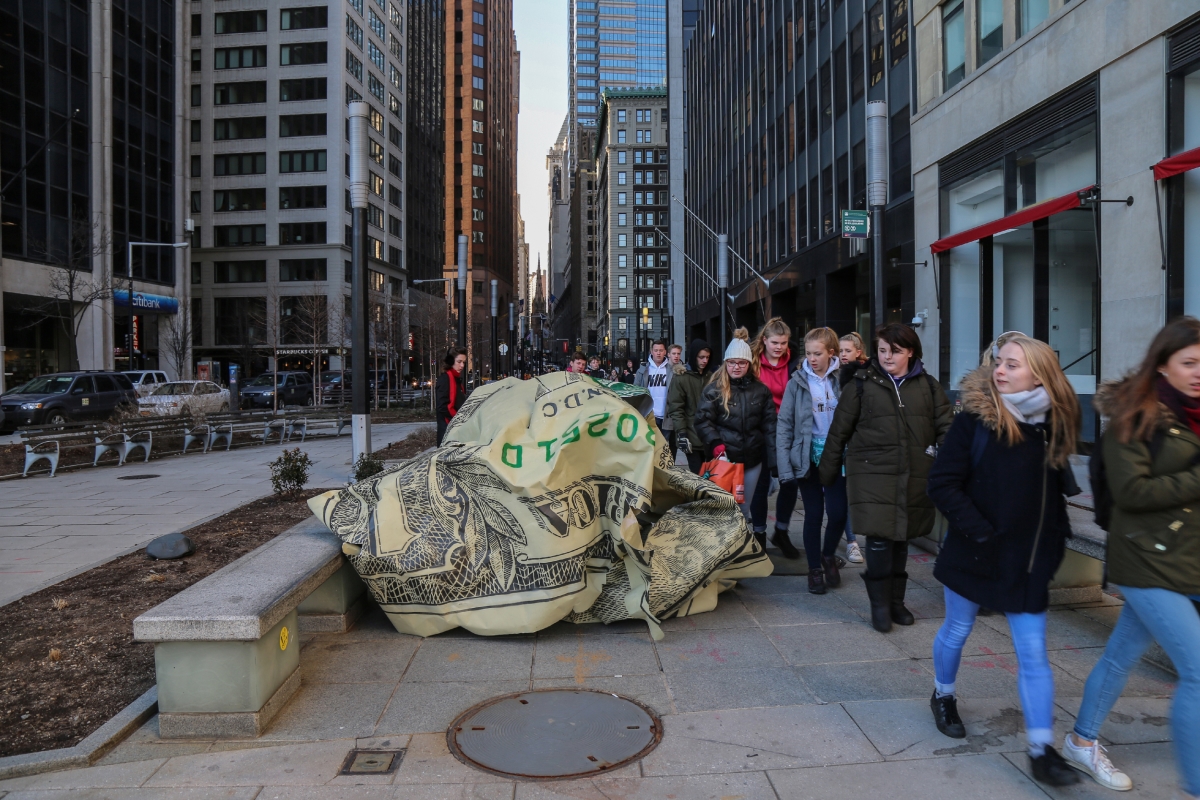
Your art is politically and socially engaged. Topics include poverty, violence, homelessness, women’s rights, gun control, immigration, climate change, war, humankind, and social responsibility to fight for the life of our planet. How do you see the world today? Is there any change in people’s perception?
It’s sad to see the world going backwards, but we think there are more people who want to fight against these issues, such a climate change, equality, violence, etc. Social media has helped and made it easier for people to be aware of what’s going on in the world. People can take a video of police violence, post it, and few moments later millions of people can see it. So, we feel like there are more, and more people talking about critical issues, which inspires others and brings about positive change. Making art about these issues is not going to change the world, but it might have an impact on some people.
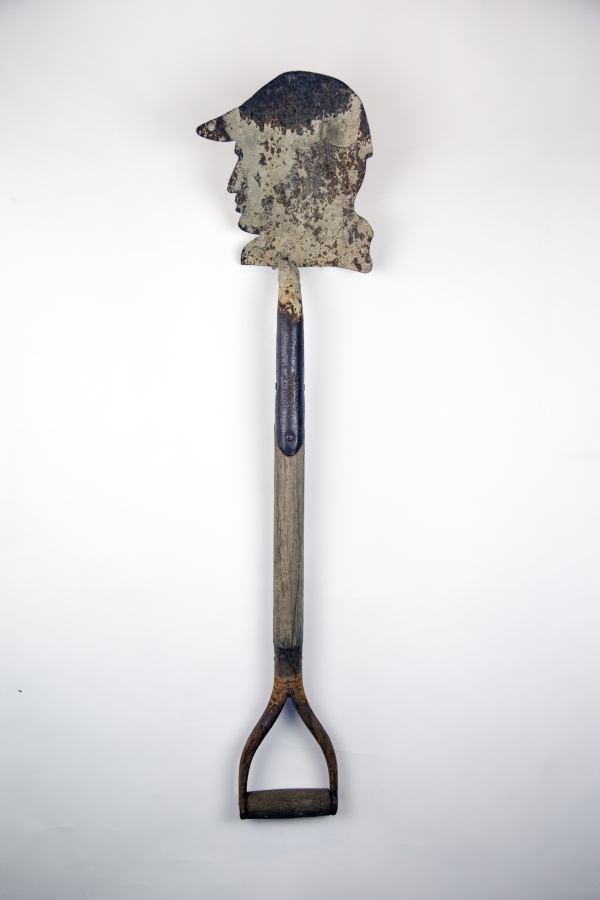
You live and work in Brooklyn, New York – the center of the urban and street art movement. What is special about Brooklyn that attracts so many artists from around the world?
It’s not actually the most exciting place for street art, but art in general. It’s a special place for all types of artists because New York is one of the most culturally diverse cities in the world and there is always so much going on in arts. There are more opportunities for artists here.
What does a typical day look like for you? What is your work process and what sources of inspiration do you tend to draw upon?
We basically collaborate on everything together. The work starts with brainstorming ideas. We share ideas with each other and try to play with them until we come up with something that we are both happy with. This process usually takes place at home at night while having some beers. We start our day catching up with emails and planning, then we go to the studio and start working on projects.
Recently we have been mostly inspired by different materials and objects. We like trying different things and in the process, we learn a lot and come up with fresh ideas.

The Greedy Suitcase
Street art was perceived as vandalism for a long time and today had gain a very important place in the most important galleries in the world. Why do you think this happened?
Street art has gotten more popular in the last couple of years and there have been an increase in the number of street artists. The fact that the art is on the streets means it reaches a variety of audiences, in other words, it is for everyone. The reason street art has gotten a prominent place in most galleries is because there are more people into it and want to collect it. Lots of people who once called it vandalism now hire the artist to paint their real estate, so the value will increase. There is money in street art now so that is why galleries showing more of it.
Can you tell us a bit about your recent show at the Moco Museum (Modern Contemporary Museum Amsterdam)? How did the opportunity for this show come about, and what art pieces can people see?
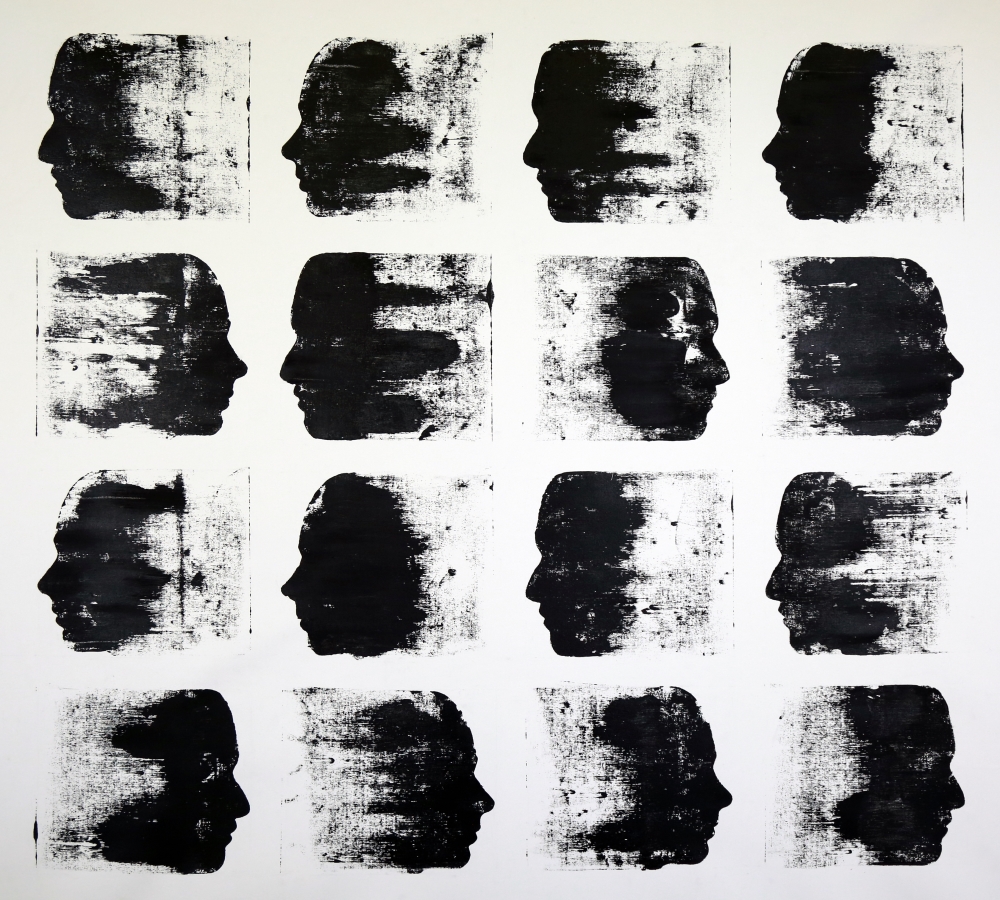
You have clients that are fascinated with your work especially among a younger generation of art collectors that are looking for both beauty and social engagement for their homes. How do you deal with the weight of your own achievements?
We appreciate the support of all the fans and the collectors that have been following our work. It’s an amazing feeling to be able to do what you want to do, and we always just want to continue making art.